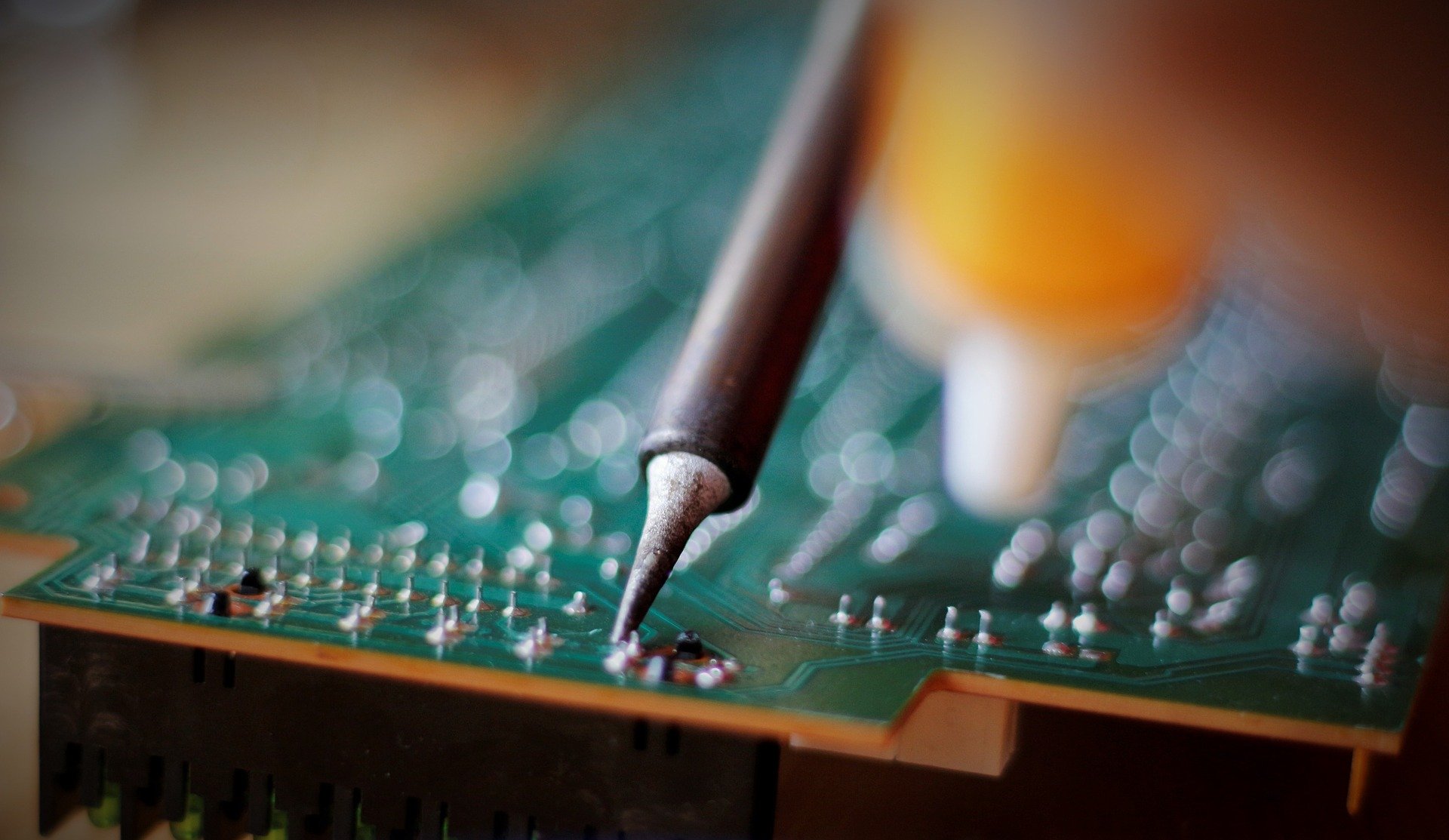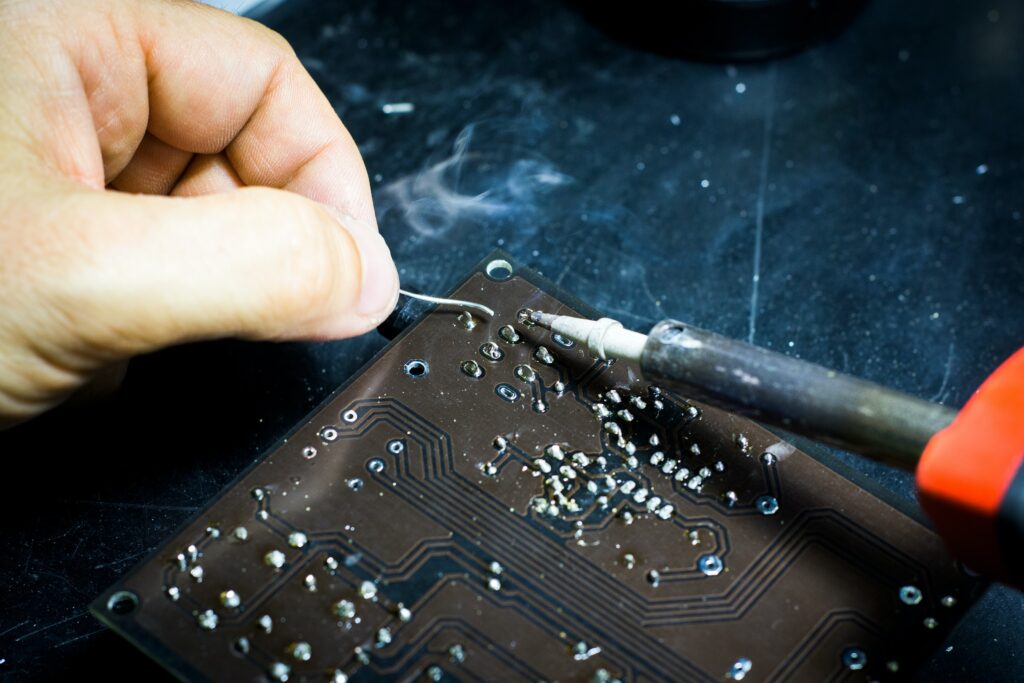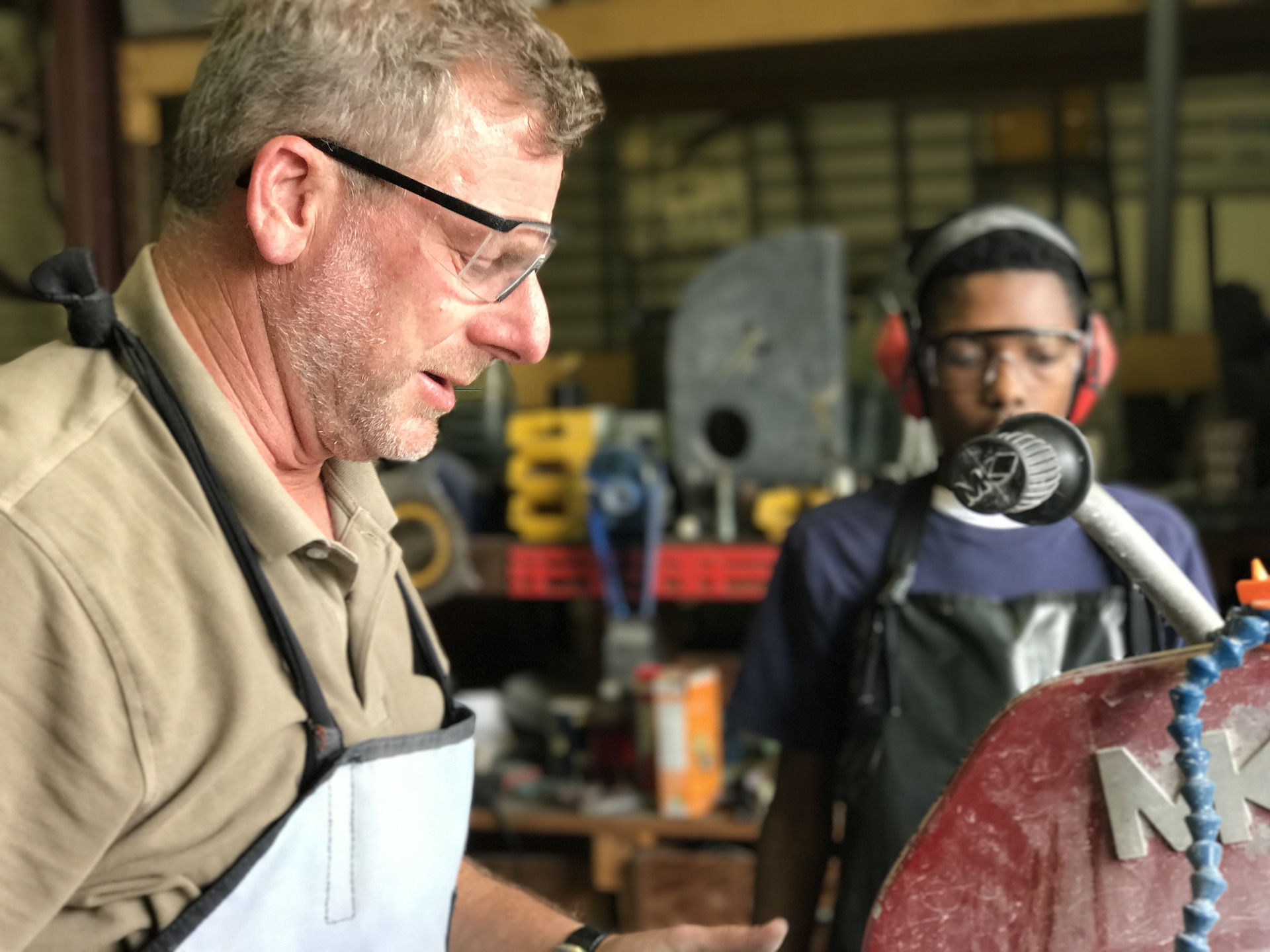.jpeg?width=455&height=256&name=AdobeStock_434783004%20(1).jpeg)
While hand solder certification courses and training guides are designed to reduce assembly imperfections in electronics manufacturing, no industry is impervious to errors. Mistakes happen. Being able to identify and quickly resolve them is vital to ensuring production schedules are kept, and future errors are avoided.
To assist in recognizing these errors, below is a list of five common solder mistakes and how to resolve them.
1. Disturbed Joint
A disturbed joint typically occurs as a result of movement while the alloy is solidifying. The resulting joint will appear to be rough or frosted and display a ripple pattern on the joint surface. While the primary cause of these joints is movement, the sources of the movement can be mechanical, human, or both.
To resolve this error, simply reheat the joint and allow it to cool properly. To prevent this error going forward, try and identify any vibration sources and ensure proper stabilization measures are taken when soldering.
2. Solder-Starved Joint
A solder-starved joint is just that: a joint that does not have enough solder. Despite making the necessary electrical contact, the insufficient solder weakens the joint and increases susceptibility to cracking and failure.
To resolve this error and ensure long-term reliability, simply reheat the joint and apply more solder until you have the right amount of solder and the joint is strong.
3. Untrimmed Leads
Untrimmed leads are leads that, because of their length, run the risk of coming into contact with other leads, creating an unwanted short circuit. Even if only one lead remains untrimmed, the chances of it bending and making contact with adjacent traces remain high and should be avoided.
To resolve this error, trim all leads to their necessary lengths and ensure this practice is consistently followed in the future.
4. Cold Solder Joint
A cold solder joint occurs when the solder does not melt completely. A result of insufficient heat, cold joints are often characterized by being rigid, rough, and uneven in appearance. This solder mistake creates an unreliable joint that is highly susceptible to cracking and failure.
Similar to disturbed joints, this mistake can be remedied by reheating the joint until the solder flows again. To prevent this error in the future, so you create the ideal solder joints, always ensure that the solder iron has been properly preheated and is operating with the appropriate power.
5. Solder Bridge
A solder bridge occurs when two separate joints melt together as a result of applying excessive solder. The subsequent bridge creates an unplanned connection, directly affecting the overall functionality of the board.
This issue can be resolved by removing the excess solder between the joints with a hot iron tip or solder wick. To prevent this error going forward, only use enough solder to create an acceptable joint, as the excess alloy can lead to bridging and other deficiencies.
With the proper training and certification, these common mistakes will become uncommon. Contact the knowledgeable professionals at EPTAC to enroll in a hand soldering certification course to avoid common errors and increase production efficiency and quality.

About EPTAC
For over 35 years, EPTAC has been a leading provider of solder training and IPC certification. We provide professionals with the tools and training they need to advance their careers and improve their businesses. With 24 locations across North America, our solutions and instructional staff provide easy access to knowledge that will enhance your business model and help you meet and exceed industry demands. For more information, call 800.643.7822 or contact us.
Common Solder Mistakes FAQ
Q: What are the risks of not wearing proper soldering safety equipment?
A: There are several risks associated with not wearing proper soldering safety equipment while you’re working. They include the potential for burns, toxic fume inhalation, eye damage, electrical shock and even fire. Anytime you’re soldering, take the time to use the right safety equipment for the application.
Q: Is it possible to fix an overheated joint?
A: Overheated joints can have a burnt look with lumpy or malformed joints. It’s much easier to avoid these altogether, as repairing them can be a challenge, but if you’re faced with an overheated joint, you’ll need to remove the burnt flux so it looks right. You can scrape it off with the tip of a PCB tool, or you may need to use a solution like isopropyl alcohol on a toothbrush to get the job done.
Q: What causes insufficient wetting in soldering?
A: Insufficient wetting refers to solder that doesn’t spread evenly across the surface of the joint or doesn’t adhere properly to the metal surfaces. In other words, the solder does not "wet" the metal surfaces as it should. This can be caused by several factors that include oxidation, contamination by dirt or grease, or high surface tension. Make a point of cleaning the surface properly for proper wetting, and use the right iron temperature so you can avoid bad solder joints and other issues with your work.
Q: Can I repair a lifted pad?
A: A lifted pad refers to a soldering pad on a printed circuit board that has detached from the surface of a PCB. Lifted pads result in improper connections, and while they can be repaired, it’s not always easy. The most practical way is to fold the solder lead over and bond it to a copper trace that’s still intact. If there’s a solder mask covering the trace, it will have to be removed first to reveal the copper.
Q: What should I do about the issue of stray solder?
A: Bits of stray solder have the potential to cause a short circuit in your board, even if they aren’t joined to anything else. To remove it, take the tip of a sharp PCB tool and scrape the bits of solder off. Double-check to make sure you get it all before the board gets used.



.jpeg?width=455&height=256&name=AdobeStock_434783004%20(1).jpeg)



